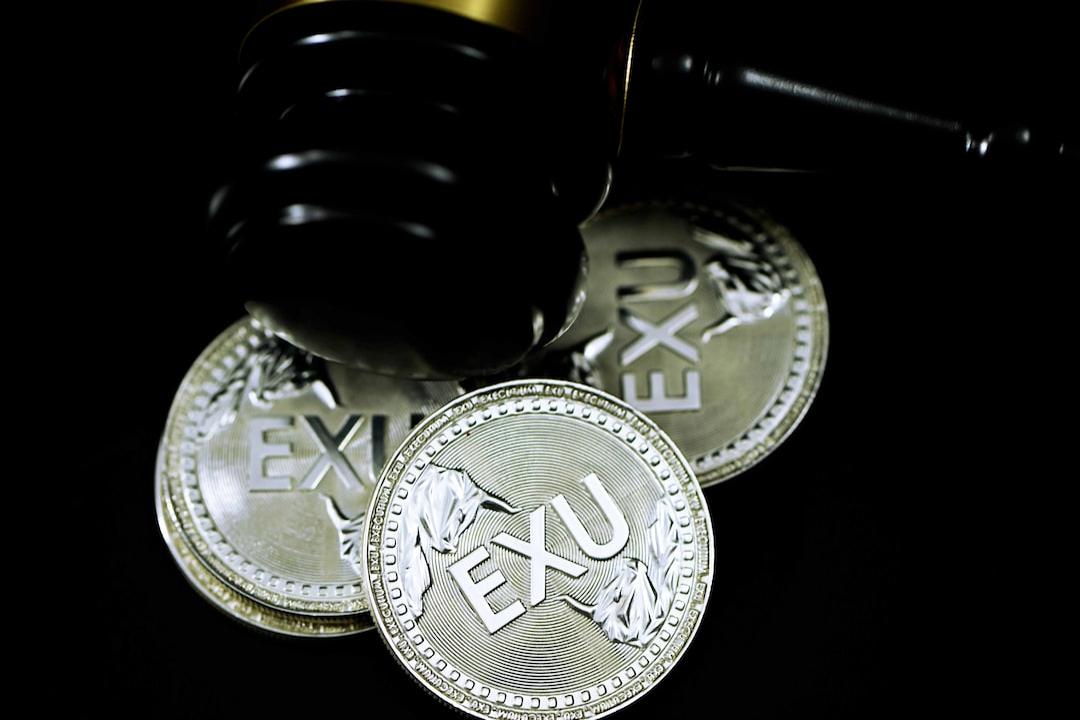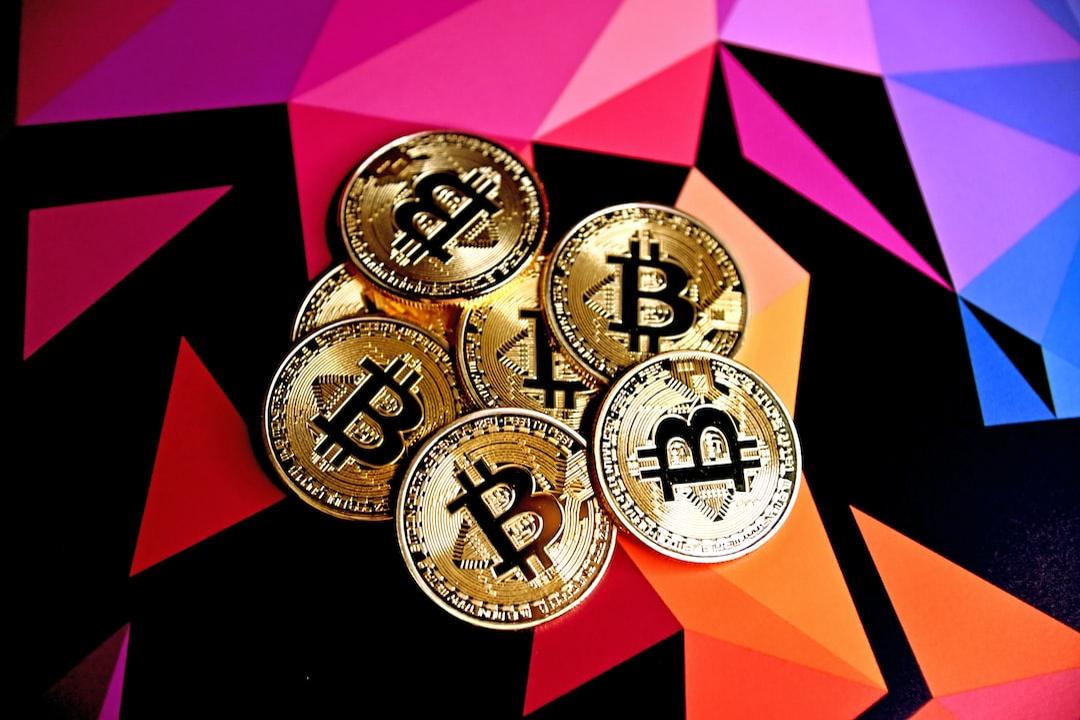Uranium’s Importance Contrasted with the Lagging Market Infrastructure
The contrast between the importance of uranium and its underdeveloped market infrastructure is stark. How can the uranium market truly integrate into the modern financial system? This is the issue that Uranium Digital seeks to address.
(Background: Zelensky: Ready to Sign “Mineral Agreement,” What Precious Mineral Resources and Rare Earth Elements Does Ukraine Have?)
(Supplementary Background: Is There Hope for the Decentralized Energy Race (DER)? In-depth Analysis of Current Blue-chip Projects)
Uranium as a Critical Resource for Clean Energy
Uranium, known as “one of the world’s most important metals,” is the heaviest naturally occurring element and the primary fuel for nuclear power generation. As the global energy transition accelerates, nuclear power is experiencing a renaissance, and uranium, as the core resource of this clean energy, is seeing increasing market demand. Uranium trading has also become one of Wall Street’s hottest categories, attracting major financial institutions and hedge funds, including Goldman Sachs.
However, in stark contrast to its importance, uranium’s market infrastructure remains outdated, with a lack of efficient spot trading mechanisms, low price transparency, and limited liquidity, far behind commodities like oil and natural gas.
How can the uranium market truly step into the modern financial system? This is the problem that the American team, Uranium Digital, is trying to solve. Through blockchain technology, Uranium Digital is attempting to build the world’s first 24/7 compliant uranium spot trading market, offering real-time pricing, physical and non-physical settlement, derivatives trading, and other functions, providing uranium with the same market infrastructure as other major commodities.
Global Nuclear Revival and New Opportunities for Uranium
Driven by the growth of emerging economies, global demand for future electricity and energy is expected to rise sharply. At the same time, limits on total greenhouse gas emissions have further highlighted the importance of clean energy. With continued improvements in nuclear safety, production efficiency, and reactor power in recent years, nuclear energy has become one of the central topics of international energy policy discussions.
In December 2023, at the COP28 United Nations Climate Change Conference, 22 countries, including the United States, Canada, and the United Kingdom, jointly issued the “Triple Nuclear Energy Declaration,” the core of which includes the commitment to increase global nuclear capacity twofold by 2050. At the subsequent COP29 in 2024, the number of countries supporting this goal grew to 31, with 140 nuclear industry companies and 14 major global banks expressing support. In March this year, at the global energy forum CERAWeek, major energy consumers such as Amazon, Google, Meta, and Dow signed the “Large Energy Users Commitment,” supporting the implementation of this goal. This marked the first time major non-nuclear sector companies publicly united to support the broad and coordinated expansion of nuclear power.
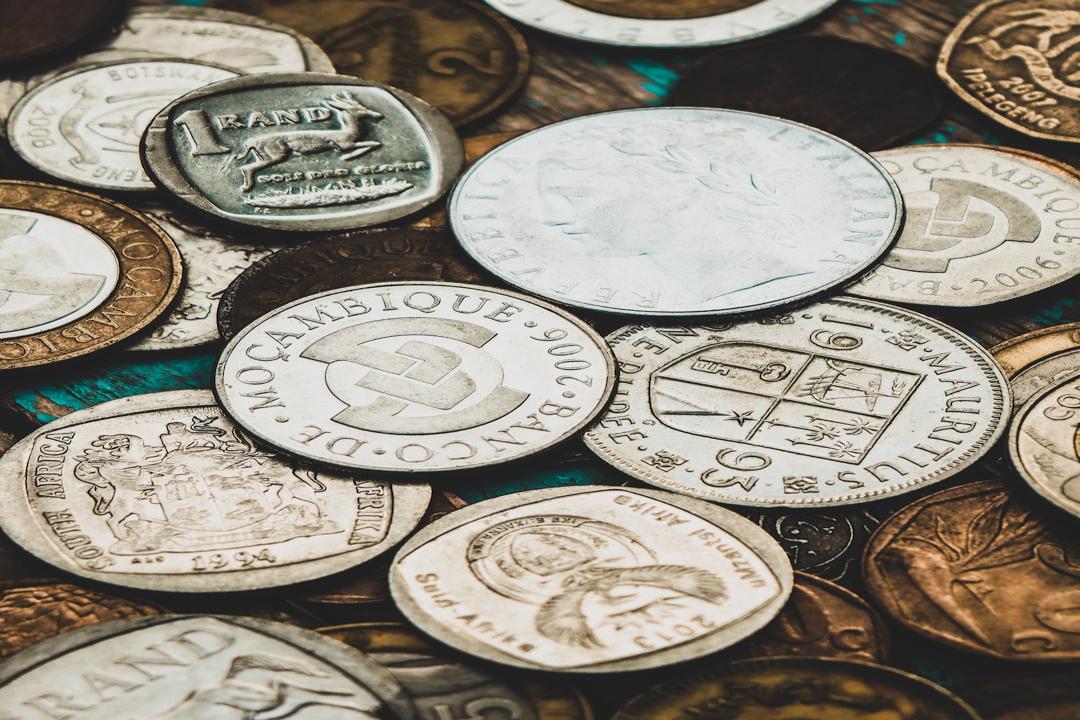
22 Countries Initiate the 2050 Triple Nuclear Energy Declaration
Currently, global nuclear power production capacity is steadily increasing. At an event hosted by the Atlantic Council in early February this year, Fatih Birol, the Executive Director of the International Energy Agency (IEA), stated that global nuclear power generation is expected to reach a historic high by 2025. Additionally, more than 40 countries have planned to build or expand nuclear capabilities. According to the International Atomic Energy Agency (IAEA) report, as of September 2023, 32 countries globally had 410 nuclear reactors in operation, with another 57 reactors under construction.
Based on the continued demand from the global nuclear revival, coupled with long-term capital underinvestment, rigid supply, and frequent disruptions, uranium prices have been buoyed in recent years. From the second half of 2023 to early 2024, the uranium price accelerated from $59 per pound to a peak of $107 per pound. As supply shortages and rising prices continue, physical uranium and related securities products have gained significant interest, and uranium trading has become one of Wall Street’s most popular categories. Investment banks like Goldman Sachs, Macquarie, and several hedge funds have actively participated in uranium trading.
Key Commodity vs. Uranium’s Backward Market Mechanism
In the wave of global energy transformation, the market for uranium, a key clean energy commodity, is shockingly inefficient. Currently, the uranium market trades approximately 190 million pounds per year, valued at over $10 billion. However, due to the dominance of long-term contracts in uranium trading, futures prices fail to fully reflect the true supply-demand situation, and the uranium market lacks the basic financial market facilities commonly found in other major commodities, such as real-time spot pricing, financial and physical settlement, derivatives trading, and effective price discovery mechanisms in open markets.
The current uranium market’s trading mechanism is outdated, with low transparency, poor liquidity, and a lack of essential infrastructure typical of modern financial markets. The main pain points include:
- Absence of a spot market, high trading barriers: To directly engage with the uranium market, individuals and institutions must become licensed traders or brokers and purchase uranium products through over-the-counter (OTC) transactions. Alternatively, they can invest in uranium-related ETFs or mining company stocks, but this does not provide actual uranium price exposure.
- Scarcity of financial instruments, lack of speculative trading space: Due to the volatile nature of uranium prices, it theoretically should be an ideal market for speculators. However, due to the absence of futures, forwards, swaps, options, and other derivatives, speculative capital is limited, restricting the market’s depth and liquidity.
- Lack of transparent price discovery mechanisms: Currently, uranium prices are primarily determined through private bilateral agreements, with highly opaque price information, impacting the efficiency of pricing throughout the entire nuclear fuel supply chain. In contrast, the financial transaction size of the coal market is seven times that of the physical market, and the natural gas market is even 23 times larger, while the uranium market lacks a similar financial market scale.
Against this backdrop, Uranium Digital is using blockchain technology to build the world’s first 24/7 compliant, institutional-grade uranium spot trading market, providing uranium with the same financial trading infrastructure as other major commodities. Uranium Digital’s vision has quickly gained support from venture capital firms. In December last year, Uranium Digital completed a $1.7 million Pre-Seed round, with Portal Ventures leading the round, and Framework Ventures, Karatage, and multiple angel investors participating. In March this year, Uranium Digital announced it had raised $6.1 million in seed funding, with Framework Ventures leading the round.
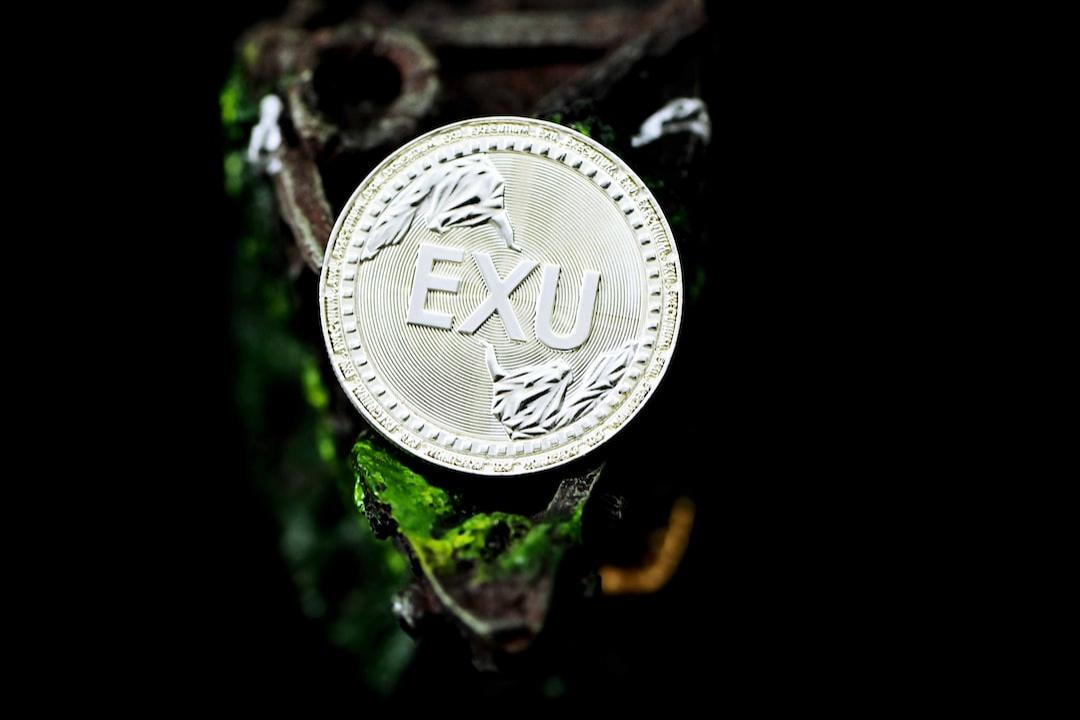
Uranium Digital Raises $6.1 Million in Seed Funding
Uranium Digital is building a blockchain-based modern uranium trading market that will offer the same trading mechanisms and liquidity as other major commodities, expected to launch later this year. Uranium Digital has adopted a dual-track model for physical and non-physical settlement. Physically Settled transactions are designed for licensed institutional traders, with delivery handled through Uranium Digital’s partners. Financially Settled transactions are designed for institutional and retail investors, enabling them to access uranium market prices without dealing with complex regulatory processes.
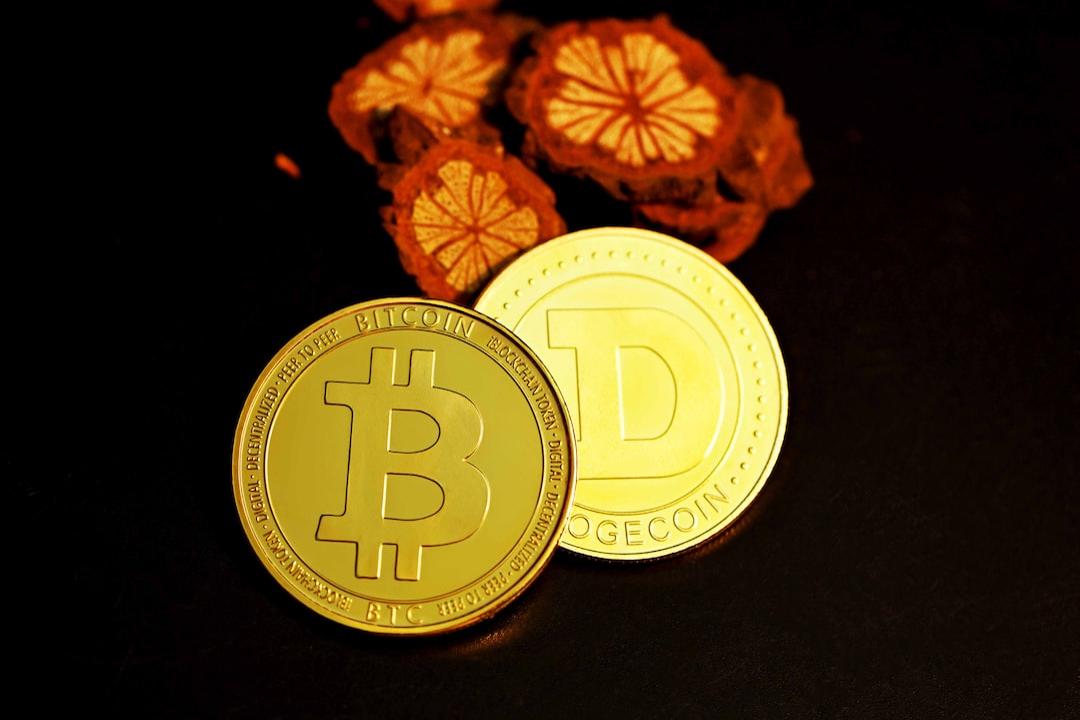
Reshaping the Uranium Spot Market with Crypto Infrastructure
Uranium Digital plans to introduce futures, options, perpetual contracts, swaps, and other derivatives to enhance market liquidity and provide institutional investors with more trading strategies. Uranium Digital will also build the first uranium market price oracle, offering real-time, publicly available uranium price data, aiming to change the current state of price opacity.
Due to uranium’s special nature, its trading is subject to strict regulations, including KYC/AML requirements, and necessitates detailed tracking of the destination of every pound of uranium. Traditional trading systems struggle to handle these requirements efficiently, while blockchain’s traceability, transparency, and decentralization make it an ideal fit for the uranium market.
Blockchain can record every uranium transaction, providing a clear view of its flow from mines to end-users, reducing the risk of illegal transactions. Additionally, smart contracts can automate settlement, improving transaction speed and reducing human intervention. A blockchain-based uranium market can offer verifiable real-time prices, increasing market efficiency and fairness.
In the new era of nuclear energy revival, Uranium Digital plans to build the world’s first modern uranium trading market, enabling miners, traders, institutional investors, and retail traders to participate in a transparent, efficient, and liquid uranium market, allowing this crucial clean energy commodity to truly enter the global capital markets. However, this path will undoubtedly be challenging, with many participants involved, and there are still numerous challenges in successfully operating such a platform.
